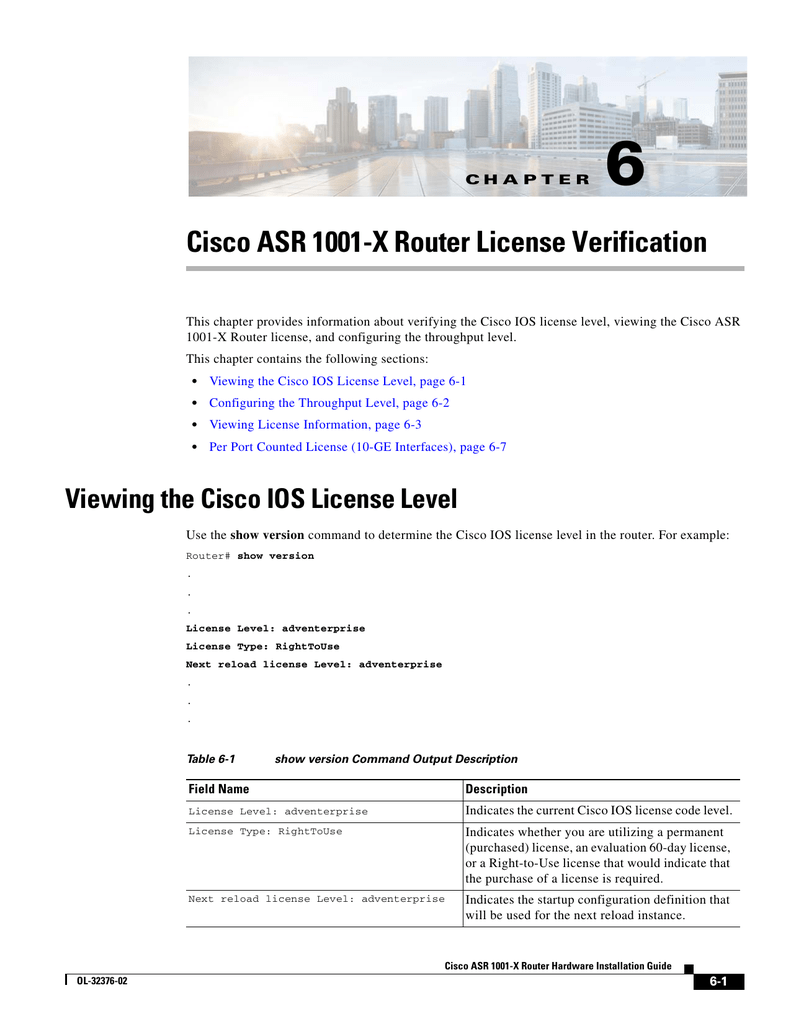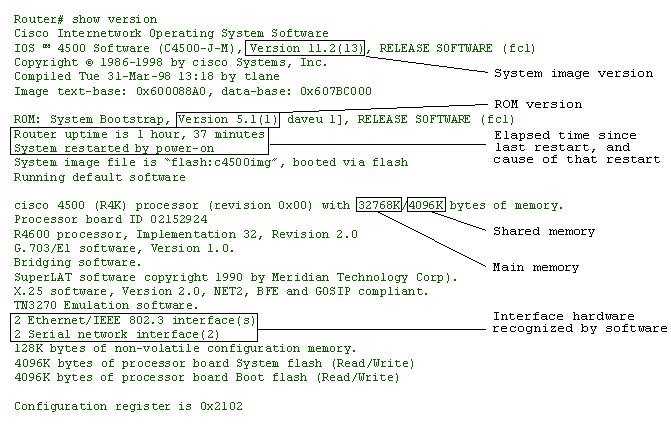
Your buddy had better know about the “reload cancel” command or he may be doing a lot of reconfiguring 🙂 You could – again this is a hypothetical and cannot be used as evidence of past misuse – enter “write erase” followed by “reload in 1 CUZ_UR_N00B”.

Let’s say – totally hypothetically – that you are in a training class and your buddy did not secure his router.

Reload Reason: ROUTER_WAS_NAUGHTY.Ĭisco Internetwork Operating System Software *Mar 1 01:39:34: %SYS-5-RELOAD: Reload requested by console. Reload scheduled in 1 minute and 55 seconds by console *Mar 1 01:37:34: %SYS-5-SCHEDULED_RELOAD: Reload requested for 01:39:33 UTC Mon at 01:37:33 UTC Mon by console. This will show up with “show reload” but will not survive the reload itself (I was hoping that it would show up in the “show version” output): You can optionally provide a reason for the reload. Reload scheduled in 4 minutes and 55 seconds by console To verify whether there are scheduled reloads, run the “show reload” command: The biggest thing to remember is to disable the router reload once you have successfully completed your change. How do you cancel the ticking time-bomb of the impending router reload? Simply enter the “reload cancel” command:īeing able to schedule a reload is a great feature and has saved my bacon more than once. So you’ve set the router to reload in 30 minutes while you complete your change. Reload scheduled for 10:01:00 UTC Sat (in 37 seconds) by consoleĪpr 28 10:00:26: %SYS-5-SCHEDULED_RELOAD: Reload requested for 10:01:00 UTC Sat You can schedule the reload to happen at a specific time of day* (reload at) or at the end of a certain interval (reload in): One way to avoid this situation is to schedule a router reload so that if you get locked out of the box, you simply need to wait for the reload to take place and then get back in. The call to the site contact to drive to the site and reboot the router is only going to be slightly less pleasurable than the Monday morning meeting with your supervisor where you get to explain why you made a service-affecting change without proper authorization. The bad news is that the device is at a remote site and it’s 2 am.

The good news is that you didn’t write the configuration so you just need to reload/power cycle the device. While desperately trying to telnet back to the router it slowly dawns on you: you’ve just made a change to the router that has effectively locked you out of the device. It has happened to all of us at some time: you’re working on an access-list or an interface configuration when suddenly you’re locked out of the router.


 0 kommentar(er)
0 kommentar(er)
